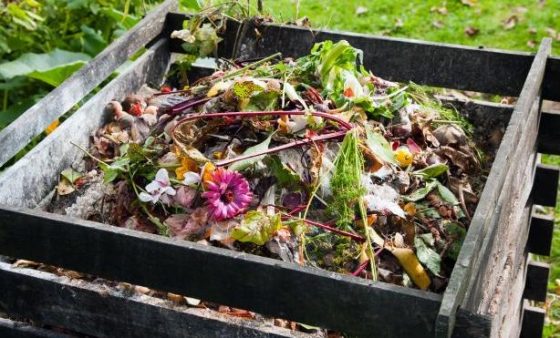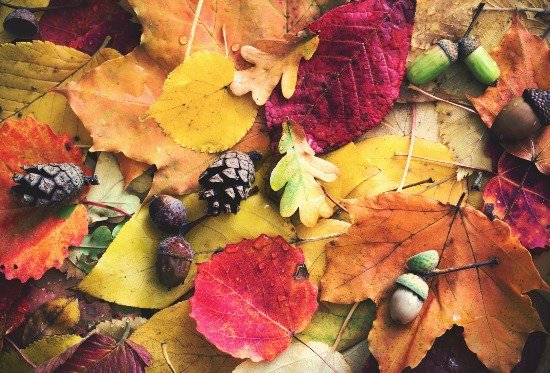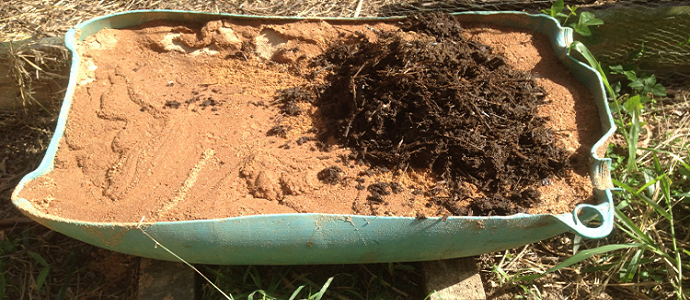Years ago I wrote about the sustainable greywater I installed in Cooran. It was always my intention to do this again, even though such systems, as sustainable as they are, are no longer ‘legal’. I couldn’t give a you know what anymore, the way things are panning out nobody else will either soon…..
I actually had to do this twice, because at first I couldn’t work out how to connect one of those green valve inspection housings to the outlet of the IBC I decided to use instead of spending $300 on another piece of plastic….
So I cut the IBC to the right height and used geotech fabric I happened to have lying around from the drainage work behind the house. Bad idea, all it did was block off all flows out of the IBC and drown my recently acquired worms….
I dug all the sloppy wet compost into two wheelbarrows and fitted a valve inspection housing in the IBC. Of course the big difference is that an IBC already has an outlet, which at first I couldn’t work out how to connect to the valve inspection housing until I literally dreamed up a way in the middle of the night!

I then respread the gravel around the housing I had predrilled with 12mm holes, and outlet pipe. Then the compost went back in. There are still a few worms left, but I’ll have to repopulate what is basically a worm farm…

Then the mulch went back on top of the capped housing, and the plumbing from the kitchen sink going through the wall of the house was reconnected.

The outlet pipe goes under the recently laid road base we dumped on the front apron of the house. As soon as the weather cooperates, it’ll be topped with blue metal, and our solar pergola can then be built…. Eventually, the whole thing will disappear under outdoor kitchen furniture. Lots to do still, watch this space…



















